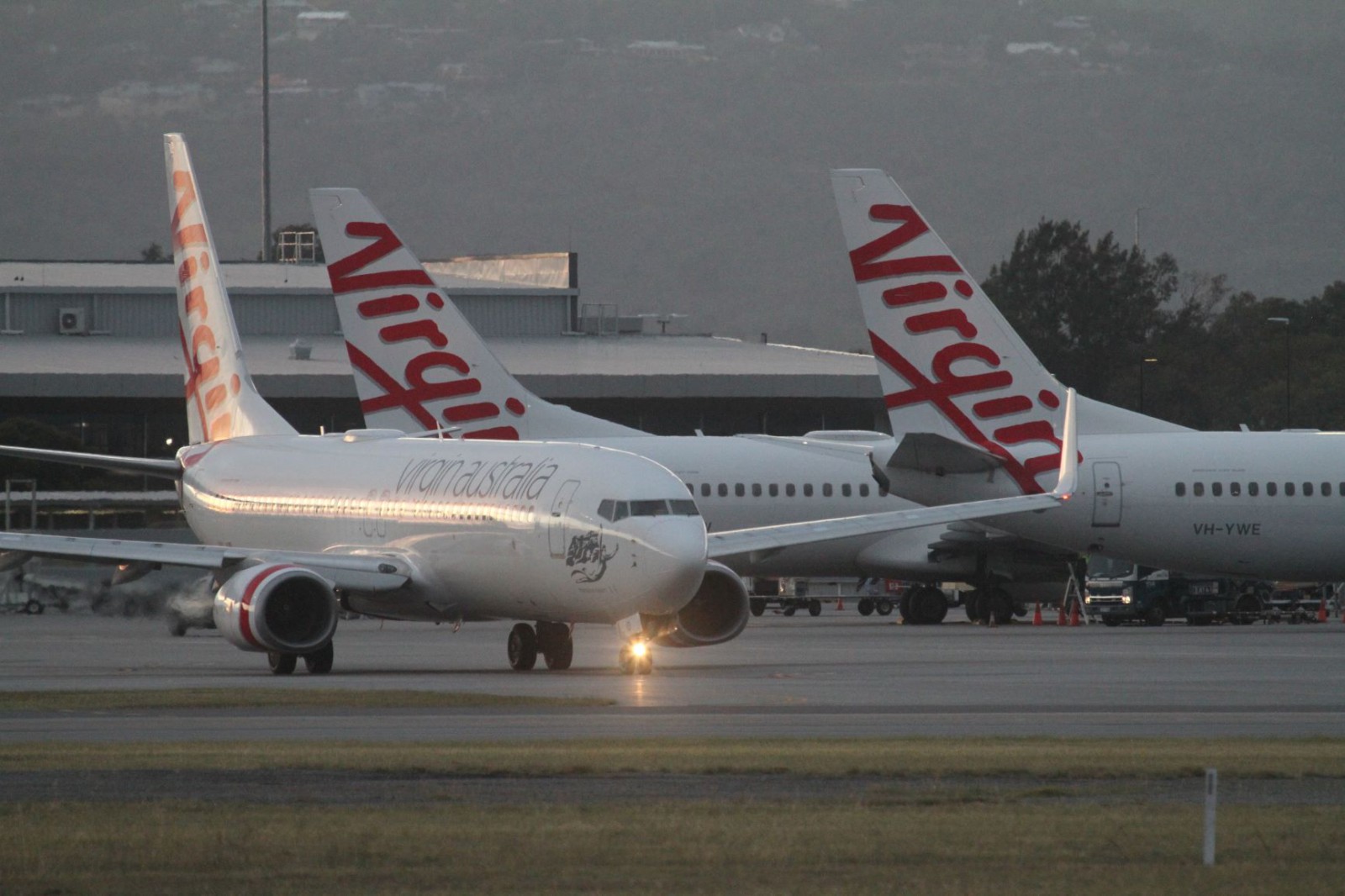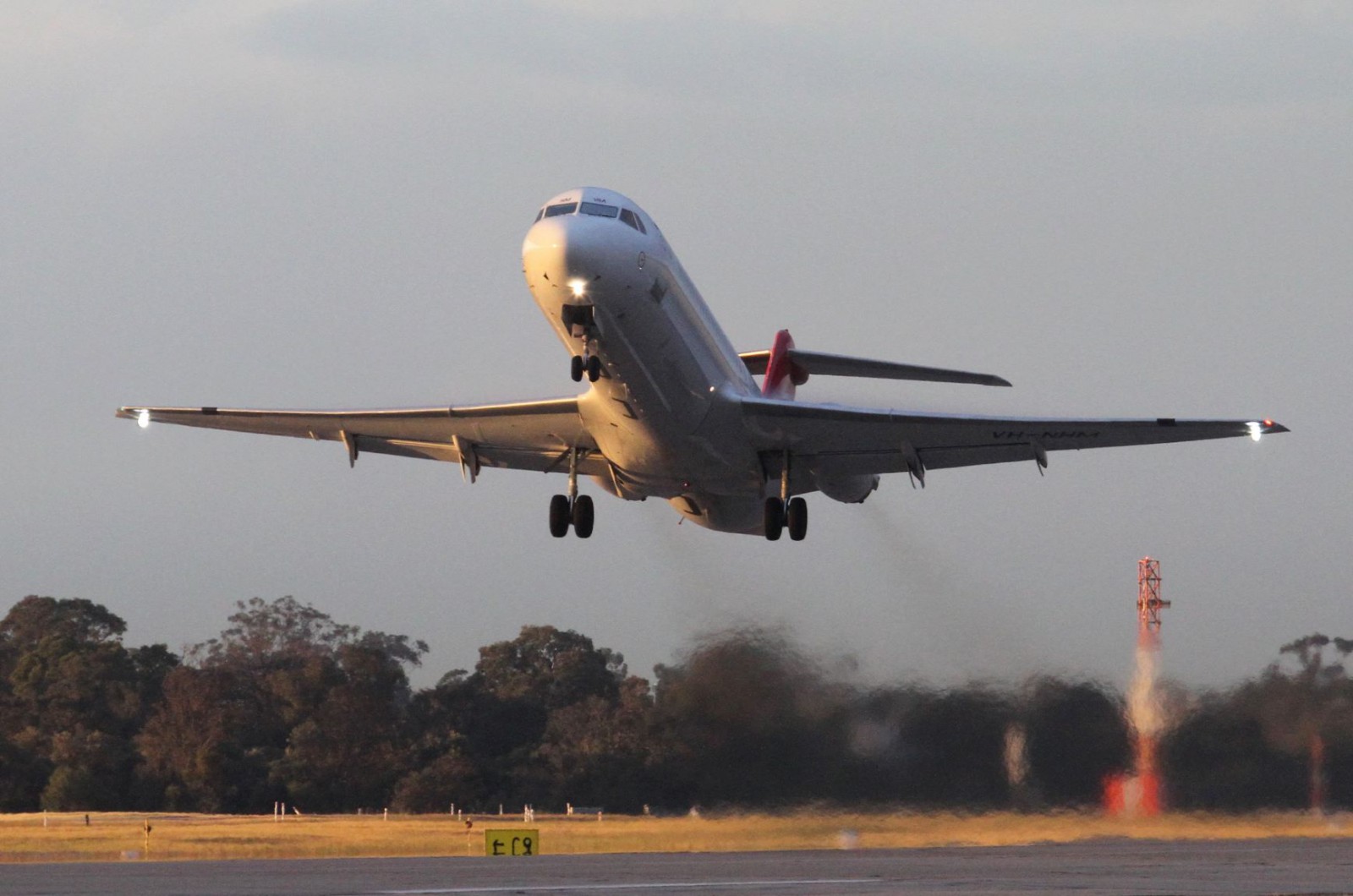Resources boom has Perth Airport clogged for take-off
04 October, 2020
4 min read
Airline News

Geoffrey Thomas
By joining our newsletter, you agree to our Privacy Policy


Perth Airport has a problem - the resources boom is clogging up its runways at peak hours, leaving little room for other flights when the Western Australian hard border comes down.
With not even the dramatic fall-off in interstate flights during COVID-19, relieving the peak-time pressure on its runways has helped.
The airport says there is an urgent need to begin work on a proposed A$520 million parallel runway to allow aviation and tourism to recover and support growth in the Fly-In Fly-Out-(FIFO) based resource sector.
Perth Airport is unique in the coronavirus world in being capacity-constrained at peak times from Monday through Thursday.
READ: Resource industry needs to step up to build runway.
READ: Will Malaysia Airlines be the next COVID-19 victim?
While the airport has two cross runways, which in certain winds can be used concurrently, it is for planning purposes a single runway airport.
Perth Airport chief executive Kevin Brown warned yesterday that the airport was facing “a significant crunch point when international and interstate flights start returning”.
“Those flights will technically be eligible to resume flying in their original slots and this will increase demand for peak time slots beyond our current capacity,” Mr Brown said.
 “And this is before we factor in the planned future growth projects in the resources sector which will require even more FIFO flights.”
The airport’s runway system can handle 38 departures an hour, with the morning peak period starting at about 5.30 am and running through to 7.30 am.
But the arrivals are more of a challenge at only 24 slots an hour.
The airport has three major peak periods — early morning for departures, late morning and evening for arrivals.
“FIFO flights are taking up about 95 per cent of available runway slots in these morning peaks, Mr Brown said.
“And this is before we factor in the planned future growth projects in the resources sector which will require even more FIFO flights.”
The airport’s runway system can handle 38 departures an hour, with the morning peak period starting at about 5.30 am and running through to 7.30 am.
But the arrivals are more of a challenge at only 24 slots an hour.
The airport has three major peak periods — early morning for departures, late morning and evening for arrivals.
“FIFO flights are taking up about 95 per cent of available runway slots in these morning peaks, Mr Brown said.
 “It’s a similar story for the arrivals peaks in the mornings and afternoons where once again FIFO flights are taking up around 95 per cent of available slots.
“We are also seeing the peak periods expand across the week. Traditionally the main issues have been on Tuesdays, Wednesdays and Thursdays but recently we have seen Monday’s peak periods come under increasing pressure.”
Prior to COVID-19, FIFO flights took up about 75 per cent of the slots. But that has now risen to between 95 and 100 per cent.
Perth Airport is currently awaiting Federal Government approval for a major development plan for the long-proposed new parallel runway.
Mr Brown said the data was sending a clear signal to both Perth Airport’s airline partners and resource sector companies.
“It’s a similar story for the arrivals peaks in the mornings and afternoons where once again FIFO flights are taking up around 95 per cent of available slots.
“We are also seeing the peak periods expand across the week. Traditionally the main issues have been on Tuesdays, Wednesdays and Thursdays but recently we have seen Monday’s peak periods come under increasing pressure.”
Prior to COVID-19, FIFO flights took up about 75 per cent of the slots. But that has now risen to between 95 and 100 per cent.
Perth Airport is currently awaiting Federal Government approval for a major development plan for the long-proposed new parallel runway.
Mr Brown said the data was sending a clear signal to both Perth Airport’s airline partners and resource sector companies.
 “We know that resource sector companies prefer to operate in the morning peaks because it aligns with the work roster system that gives them the greatest levels of efficiency,” he said.
“It could also impact on our ability to attract new international services in the post-COVID-19 recovery period which will be vital to supporting and growing our State’s other key export businesses of tourism and fresh produce.
“The message is clear to airlines and resource sector companies. To meet their future growth needs we need to complete the final design and funding arrangements for Perth’s new runway and then get on with building it."
The runway, which will cost about A$520m and create 500 jobs during construction, would take between two and four years to build depending upon the funding model.
It is expected to inject about A$2 billion into the tourism sector in its first two decades of operation.
“We know that resource sector companies prefer to operate in the morning peaks because it aligns with the work roster system that gives them the greatest levels of efficiency,” he said.
“It could also impact on our ability to attract new international services in the post-COVID-19 recovery period which will be vital to supporting and growing our State’s other key export businesses of tourism and fresh produce.
“The message is clear to airlines and resource sector companies. To meet their future growth needs we need to complete the final design and funding arrangements for Perth’s new runway and then get on with building it."
The runway, which will cost about A$520m and create 500 jobs during construction, would take between two and four years to build depending upon the funding model.
It is expected to inject about A$2 billion into the tourism sector in its first two decades of operation.

 “And this is before we factor in the planned future growth projects in the resources sector which will require even more FIFO flights.”
The airport’s runway system can handle 38 departures an hour, with the morning peak period starting at about 5.30 am and running through to 7.30 am.
But the arrivals are more of a challenge at only 24 slots an hour.
The airport has three major peak periods — early morning for departures, late morning and evening for arrivals.
“FIFO flights are taking up about 95 per cent of available runway slots in these morning peaks, Mr Brown said.
“And this is before we factor in the planned future growth projects in the resources sector which will require even more FIFO flights.”
The airport’s runway system can handle 38 departures an hour, with the morning peak period starting at about 5.30 am and running through to 7.30 am.
But the arrivals are more of a challenge at only 24 slots an hour.
The airport has three major peak periods — early morning for departures, late morning and evening for arrivals.
“FIFO flights are taking up about 95 per cent of available runway slots in these morning peaks, Mr Brown said.
 “It’s a similar story for the arrivals peaks in the mornings and afternoons where once again FIFO flights are taking up around 95 per cent of available slots.
“We are also seeing the peak periods expand across the week. Traditionally the main issues have been on Tuesdays, Wednesdays and Thursdays but recently we have seen Monday’s peak periods come under increasing pressure.”
Prior to COVID-19, FIFO flights took up about 75 per cent of the slots. But that has now risen to between 95 and 100 per cent.
Perth Airport is currently awaiting Federal Government approval for a major development plan for the long-proposed new parallel runway.
Mr Brown said the data was sending a clear signal to both Perth Airport’s airline partners and resource sector companies.
“It’s a similar story for the arrivals peaks in the mornings and afternoons where once again FIFO flights are taking up around 95 per cent of available slots.
“We are also seeing the peak periods expand across the week. Traditionally the main issues have been on Tuesdays, Wednesdays and Thursdays but recently we have seen Monday’s peak periods come under increasing pressure.”
Prior to COVID-19, FIFO flights took up about 75 per cent of the slots. But that has now risen to between 95 and 100 per cent.
Perth Airport is currently awaiting Federal Government approval for a major development plan for the long-proposed new parallel runway.
Mr Brown said the data was sending a clear signal to both Perth Airport’s airline partners and resource sector companies.
 “We know that resource sector companies prefer to operate in the morning peaks because it aligns with the work roster system that gives them the greatest levels of efficiency,” he said.
“It could also impact on our ability to attract new international services in the post-COVID-19 recovery period which will be vital to supporting and growing our State’s other key export businesses of tourism and fresh produce.
“The message is clear to airlines and resource sector companies. To meet their future growth needs we need to complete the final design and funding arrangements for Perth’s new runway and then get on with building it."
The runway, which will cost about A$520m and create 500 jobs during construction, would take between two and four years to build depending upon the funding model.
It is expected to inject about A$2 billion into the tourism sector in its first two decades of operation.
“We know that resource sector companies prefer to operate in the morning peaks because it aligns with the work roster system that gives them the greatest levels of efficiency,” he said.
“It could also impact on our ability to attract new international services in the post-COVID-19 recovery period which will be vital to supporting and growing our State’s other key export businesses of tourism and fresh produce.
“The message is clear to airlines and resource sector companies. To meet their future growth needs we need to complete the final design and funding arrangements for Perth’s new runway and then get on with building it."
The runway, which will cost about A$520m and create 500 jobs during construction, would take between two and four years to build depending upon the funding model.
It is expected to inject about A$2 billion into the tourism sector in its first two decades of operation.

Next Article
2 min read
Qantas triples profit but misses mark

Get the latest news and updates straight to your inbox
No spam, no hassle, no fuss, just airline news direct to you.
By joining our newsletter, you agree to our Privacy Policy
Find us on social media
Comments
No comments yet, be the first to write one.
